The Delta variant has reawakened the need for COVID testing and once again there is a surge in the demand for sterile micro tubes with a tight screw-cap closure.
Microtubes are typically identified as having a volume 2mL or less and fall into three size groups:
0.5mL tubes, 1.5mL tubes 2mL tubes.
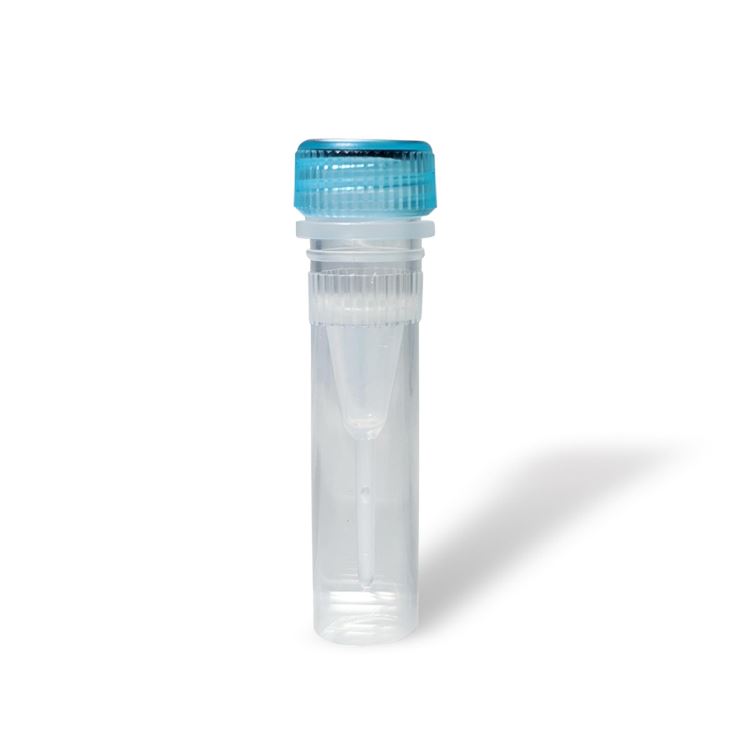
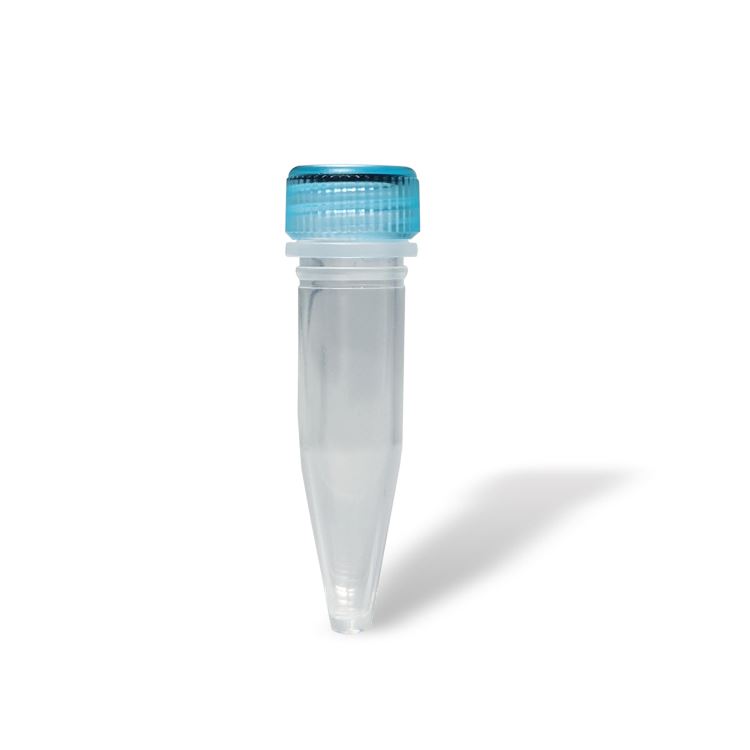
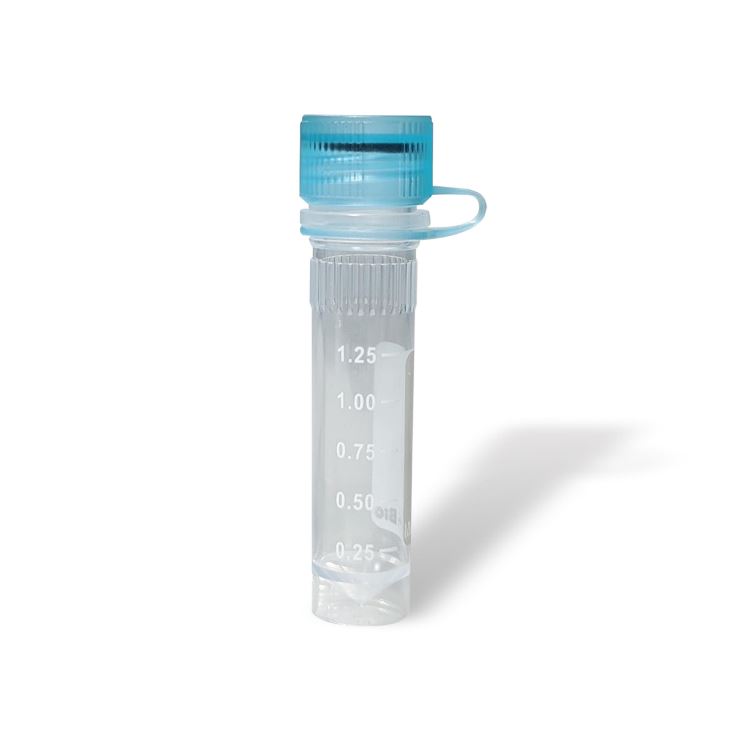
A microtube has either a conical shaped bottom or a “skirted” bottom so the tube can stand up on the benchtop while being filled or having its contents removed.
Less expensive microtubes have graduation lines which are molded into the tube, while costlier variations feature printed on graduation lines.
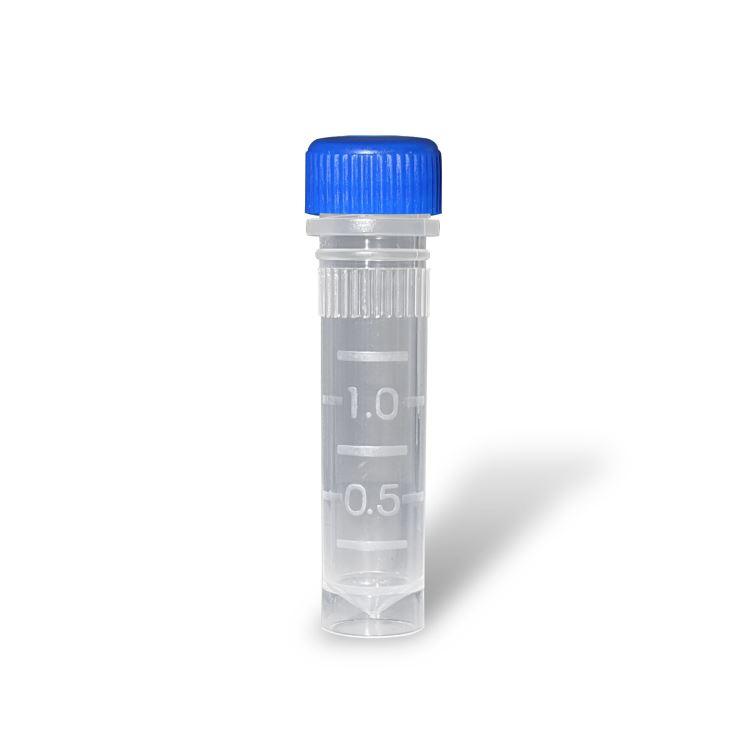
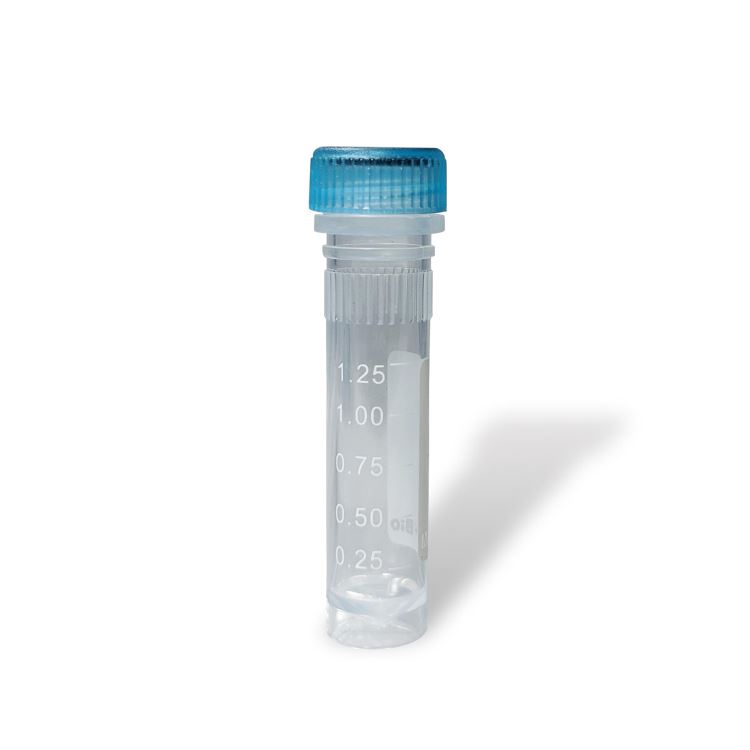
There is no practical difference in terms of their accuracy, but many kit makers prefer the cleaner look of a microtube with printed markings.
Screw-cap microtubes usually feature a silicone O-ring embedded into the cap for a leak-proof seal and are temperature rated to remain secure between 121C and -90C.

These features explain why microtubes have been used as storage tubes for small volumes of expensive reagents and kit components and why they became the go-to sample collection tube for COVID-19 testing.
The leak-proof cap protects the technician from contacting live virus, while the 2ml size holds the recommended 1.5mL of viral transport media plus the swab head used to collect the sample.
Most 2ml microtubes are about 46mm tall which is longer than the 32mm breakpoint common to oropharyngeal swabs.
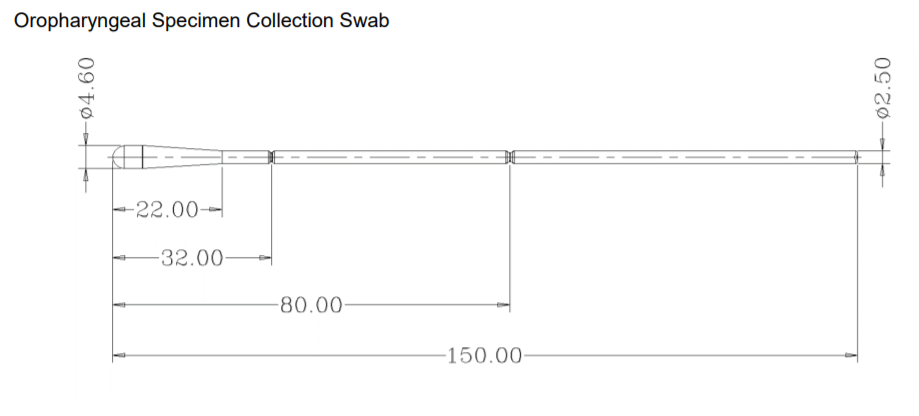
After collecting a patient sample, the swab is inserted into the transport media.
By applying downward force, the swab head breaks off and remains in the 2mL tube.
The screw-cap tube can then be packed and shipped to a testing center or temporarily frozen until ready to be extracted for testing.
Whenever there is an increase in COVID testing, the demand for 2mL microtubes increases.
Microtubes are often made from polypropylene which is chosen for its excellent low-binding surface which enables maximum recovery of the sample or reagent placed inside the tube.
Polypropylene microtubes are also temperature resistant and can be sterilized by autoclaving when necessary
Sterile microtubes come pre-assembled either with a separate screw cap in place or attached with a tether to prevent contamination that could occur if caps are accidentally swapped.
When used in research settings or when samples are collected for qPCR, make sure the microtube is RNase/DNase and human pyrogen free.
Some samples are sensitive to light and will degrade when exposed to light. There are sterile screw-cap microtubes made from amber colored polypropylene that will block UV rays and protect samples.
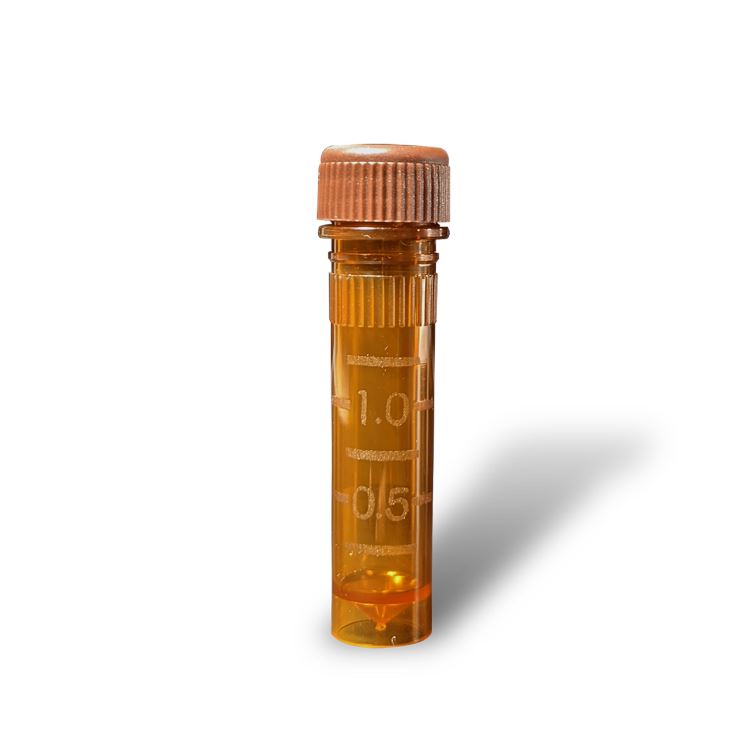
While technically not rated for cryogenic storage, a 2mL polypropylene microtube could be used for this purpose for short periods of time.
Screw-cap microtubes certainly have a wide range of uses and it is no wonder why they have become challenging to find.
Let Stellar Scientific help you source microtubes for your laboratory, kit making or COVID testing needs.


